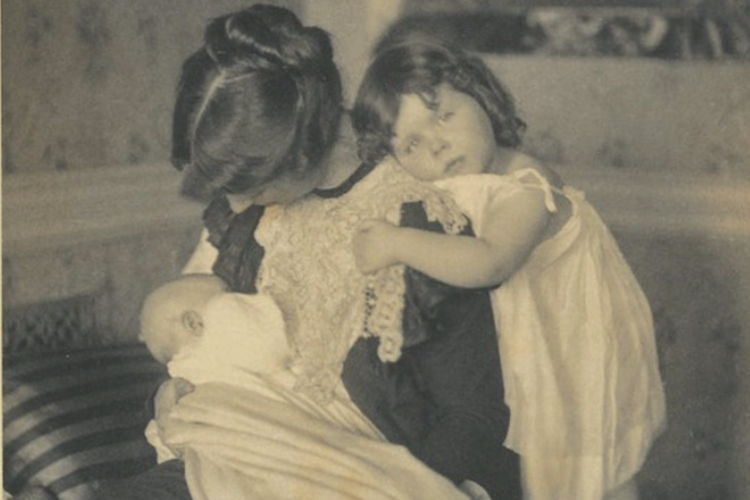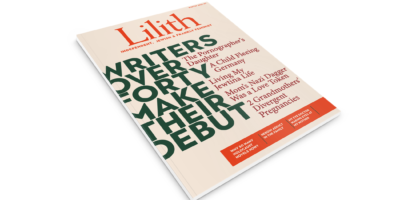
Does “Woman of Valor” Still Have Value?
In some ways, I quite identify with the woman of valor’s life: a matriarch whose family loves her and appreciates all she does for them, but whose role as mother and partner is work. Hard work. I am almost always the first to wake in my house. In that quiet interlude, I try and get my daughter’s lunch packed, catch up on emails, or get started on whatever tops the day’s to-do list. And that’s how my day continues.
I live a privileged life that I am grateful for, but somehow my days rarely pan out as productively or peacefully as I imagine. Empty cardboard boxes are everywhere. The floors are hidden by a layer of toys and books. I’m down to the wire on every work deadline and can never find matching socks for my child. All of this is to say that matriarch-hood, if you will, is hard. I often myself relating to the woman of valor, whose work for the family is described as a constant cycle that is crucial for the well-being of the family. In other words, the eshet chayil is a badass who hustles to take care of those who need her: how nice to have that recognized.
However, it’s hard for me to ignore the obvious problems with this idealized image…. Most basically is the matter that not all families look like the ideal projected by the poem. As it is written in Proverbs, the definition of a woman of valor is narrow.
I am also necessarily wary of any narrative that defines a woman’s worth by the labor she performs for others. Perhaps it’s my background as a scholar of Victorian literature and culture, but there are uncomfortable parallels between the eshet chayil and the conduct guides that were sold to women throughout the eighteenth and nineteenth centuries. In a nutshell, these were books that taught middle- and upper-class women that their value as individuals were based on their ability to run a household, and appease their husband, and raise children. It’s hard for me to ignore the similarities between oppressive Victorian ideals of femininity and the version of womanhood praised in the Eshet Chayil. That is, a woman of valor always puts her family’s needs first, never irritates her husband, “rises while it is still night,” yet her “lamp does not go out at night” because she is always working, working, working for others. The idealized woman described in the poem lives a life that revolves around creating a comfort- able, prosperous life for her husband (and presumably his children): she takes care of the daily running of the home and creates profitable business enterprises, making the line about her worth being greater than rubies uncomfortably literal.
There is the oft-cited argument that this poem should be seen as an artifact of a moment in history when women were bound by now-archaic customs and laws: comparing then to now is apples and oranges. However, repeating this poem in song to the woman of the house each Friday—or displaying it in one’s home—is an act that brings its idealized image of selfless women into our present space and time. When something is seen as an ideal, the myth it describes can become the standard that real women are expected to meet, or perhaps a status quo we aren’t supposed to disrupt.
LEAH GRISHAM on the Lilith blog, September 2022.






